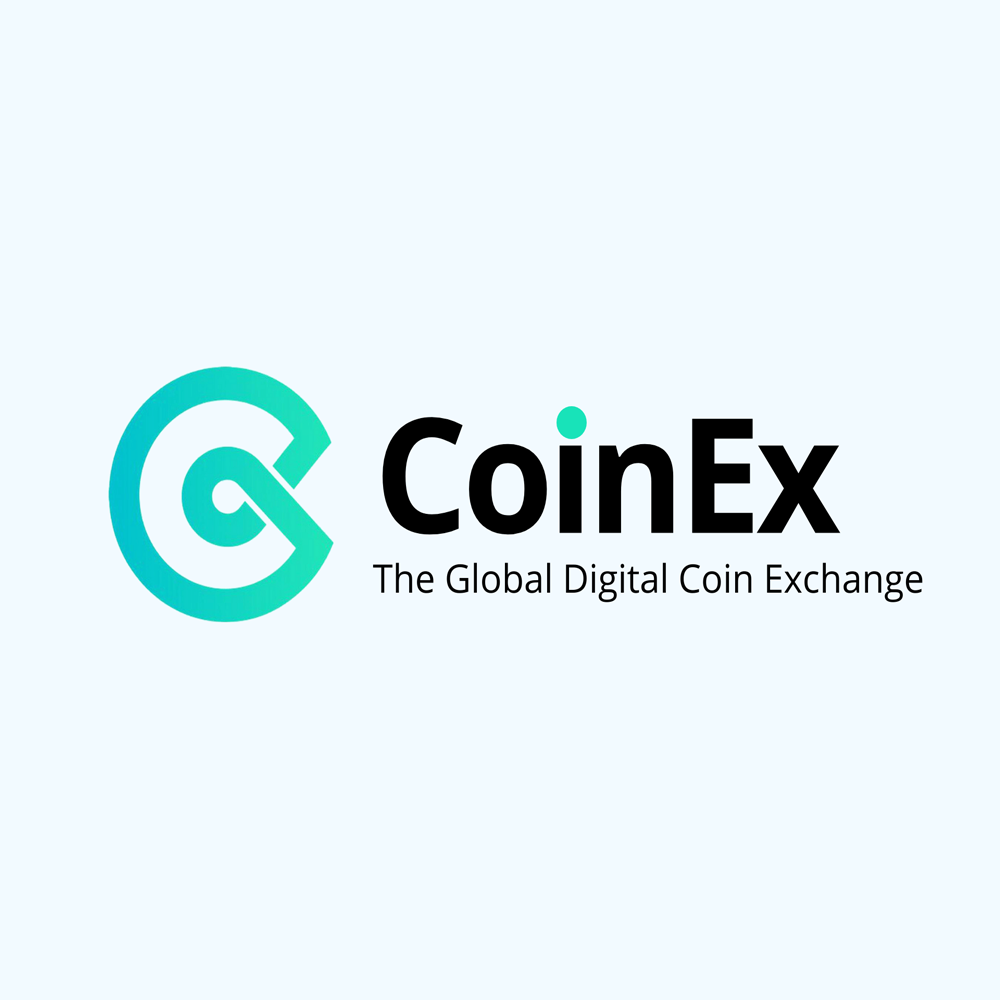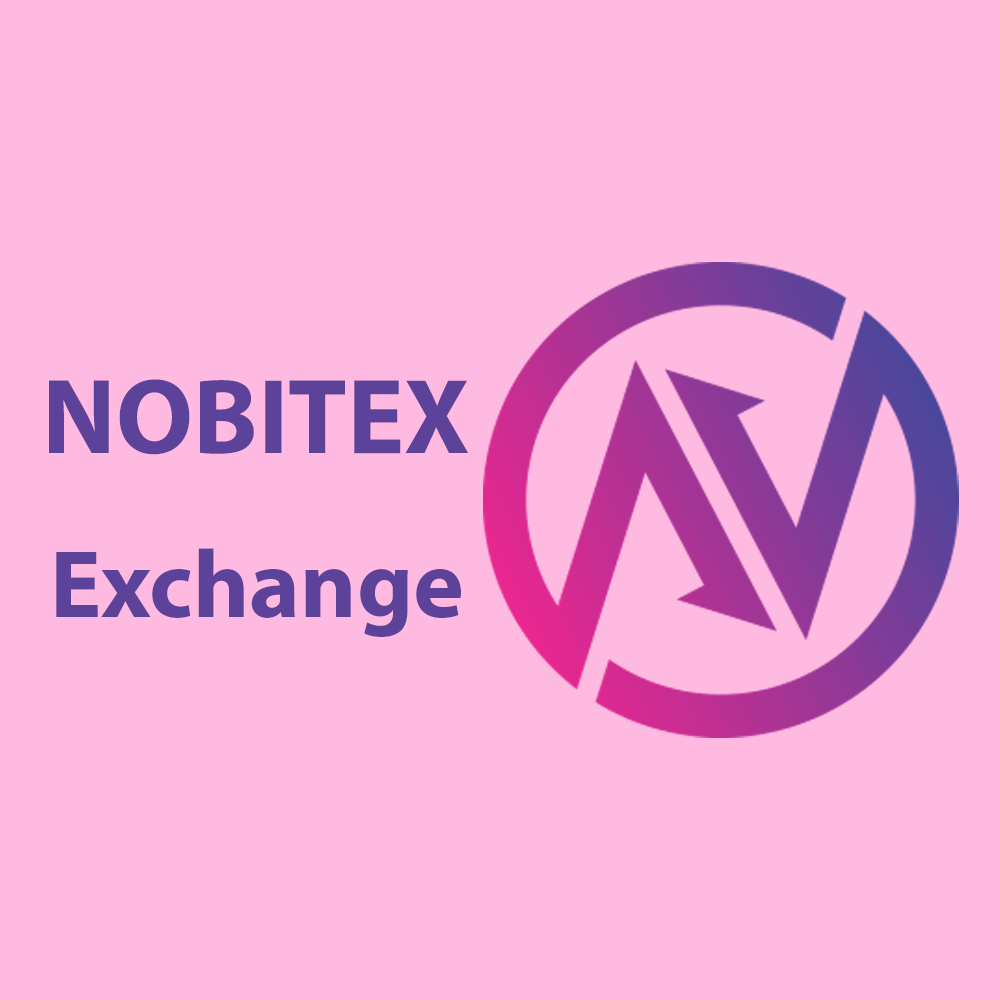Decentralized finance, often referred to as DeFi, is a term that describes the application of blockchain technology and smart contracts to recreate traditional financial systems and services in a decentralized and open manner. It aims to provide financial services without relying on centralized intermediaries like banks or financial institutions.
In DeFi, financial activities such as lending, borrowing, trading, investing, and asset management are carried out on decentralized platforms built on blockchain networks, predominantly Ethereum. These platforms leverage smart contracts, which are self-executing agreements with the terms of the transaction directly written into the code.
Key characteristics of decentralized finance include:
Openness
Decentralized Finance platforms are open to anyone with an internet connection and do not require permission or approval from a central authority. They are accessible to users worldwide, promoting financial inclusion.
Transparency
All transactions and operations on DeFi platforms are recorded on the blockchain, making them transparent and auditable by anyone. This enhances trust and reduces the need for intermediaries.
Security
Decentralized Finance platforms utilize blockchain’s cryptographic security features, making them highly secure against fraud, hacking, and unauthorized access. Users have control over their funds, eliminating the risk of custodial control by third parties.
Programmability
Smart contracts in DeFi enable programmable financial applications. They automatically execute predefined conditions, eliminating the need for intermediaries and enabling complex financial operations.
Interoperability
DeFi protocols are designed to interoperate with each other, allowing users to seamlessly move assets and liquidity between different platforms, further expanding the ecosystem’s efficiency and accessibility.
Common applications and services within the DeFi ecosystem include:
– Decentralized Exchanges (DEXs): Platforms that enable peer-to-peer trading of digital assets without the need for intermediaries.
– Lending and Borrowing Platforms: Users can lend their assets to earn interest or borrow assets against collateral without going through traditional financial institutions.
– Stablecoins: Cryptocurrencies pegged to a stable asset like a fiat currency, providing stability and facilitating transactions within the Decentralized Finance ecosystem.
– Yield Farming: The practice of providing liquidity to DeFi platforms to earn rewards or interest.
– Decentralized Asset Management: Platforms that enable users to manage and invest in various financial products, such as decentralized funds and indices.
DeFi has gained significant attention and adoption due to its potential to democratize finance, increase financial access, reduce costs, and eliminate intermediaries. However, it’s important to note that Decentralized Finance is an evolving and rapidly changing space, and participants should be aware of the associated risks, such as smart contract vulnerabilities, market volatility, and regulatory considerations.
Permissionless Innovation
DeFi allows for permissionless innovation, meaning that anyone can build and deploy financial applications on the blockchain without needing approval from a centralized authority. This fosters a vibrant ecosystem where developers can create and iterate upon new financial products and services.
Financial Inclusion
DeFi has the potential to provide financial services to the unbanked and underbanked populations globally. Since it operates on the internet, anyone with an internet connection can access and participate in Decentralized Finance platforms, bypassing the traditional barriers to entry imposed by the traditional financial system.
Elimination of Middlemen
By leveraging smart contracts and blockchain technology, DeFi aims to eliminate intermediaries, such as banks and brokers, from financial transactions. This reduces costs, removes the need for trust in third parties, and allows for peer-to-peer interactions.
Enhanced Privacy
Decentralized Finance offers improved privacy compared to traditional financial systems. While transactions are recorded on the blockchain and are transparent, users can maintain their privacy by using pseudonymous addresses and not disclosing their real-world identities.
Programmable Money
DeFi enables the creation of programmable money through smart contracts. This means that financial transactions can be automated, and specific conditions can be set for the release of funds. For example, loans can be automatically liquidated if collateral value falls below a specified threshold.
Global Accessibility
DeFi platforms are accessible to anyone around the world, regardless of their geographical location. This allows individuals in underserved regions to access financial services and participate in global markets, leveling the playing field and reducing geographical barriers.
Interoperability
DeFi protocols aim to be interoperable, meaning they can seamlessly interact and integrate with other protocols and applications within the ecosystem. This interoperability enables the composability of different Decentralized Finance building blocks, allowing for the creation of more complex financial applications and innovative financial products.
Community Governance
Many DeFi projects incorporate governance mechanisms that allow token holders to participate in the decision-making process. Through voting systems, token holders can propose and vote on changes to the protocol, making it a community-driven and decentralized governance model.
It’s important to note that while DeFi offers many advantages, it also presents risks and challenges, such as smart contract vulnerabilities, regulatory uncertainties, and market volatility. Participants should exercise caution, perform due diligence, and be aware of the potential risks associated with using DeFi platforms and protocols.
Financial Empowerment
DeFi aims to empower individuals by giving them direct control over their funds and financial decisions. Participants have full ownership and custody of their assets, reducing dependence on traditional financial institutions and enabling greater financial autonomy.
Improved Market Efficiency
DeFi introduces a more efficient and transparent marketplace by enabling real-time price discovery, instant settlement, and 24/7 trading. This reduces the need for intermediaries and facilitates faster and more cost-effective transactions.
Innovation and Experimentation
DeFi fosters a culture of innovation and experimentation within the financial industry. With open-source protocols and permissionless development, developers and entrepreneurs can build and iterate upon new financial applications, leading to the creation of novel financial instruments and business models.
Financial Interoperability
DeFi protocols are designed to be interoperable, allowing different platforms to interact and share liquidity. This enables the seamless movement of assets and data across various protocols, enhancing liquidity and expanding the reach and functionality of the ecosystem.
Auditable and Transparent
All transactions and activities in Decentralized Finance are recorded on the blockchain, providing an immutable and transparent audit trail. This transparency promotes trust among participants, as anyone can verify the integrity and accuracy of the transactions.
Reduced Counterparty Risk
Traditional finance involves counterparty risk, where participants are exposed to the creditworthiness and reliability of counterparties. DeFi mitigates this risk by replacing centralized intermediaries with smart contracts, which automatically execute transactions based on predefined rules and conditions.
Financial Innovation for Developing Countries
Decentralized Finance has the potential to bring financial innovation and access to developing countries with limited access to traditional banking services. By leveraging DeFi platforms, individuals in underserved regions can access loans, savings, and investment opportunities, contributing to economic growth and financial inclusion.
Lower Barriers to Entry
Decentralized Finance lowers the barriers to entry for financial services by eliminating the need for extensive paperwork, credit checks, and minimum investment requirements. Anyone with a compatible wallet and an internet connection can participate in DeFi platforms and access a wide range of financial services.
As DeFi continues to evolve, it is expected to bring forth further benefits and transformative changes to the financial landscape. However, it is important to approach DeFi with caution, understand the associated risks, and conduct thorough research before engaging in any DeFi activities.
Financial Transparency
DeFi platforms promote transparency by providing real-time access to transaction data and on-chain information. This transparency reduces the potential for manipulation or fraud and allows participants to make informed decisions based on accurate and verifiable data.
Tokenization of Assets
DeFi enables the tokenization of various assets, including real estate, art, commodities, and more. By representing traditional assets as digital tokens on the blockchain, Decentralized Finance opens up new possibilities for fractional ownership, increased liquidity, and broader market access.
Lower Costs
DeFi platforms often operate with significantly lower fees compared to traditional financial intermediaries. By eliminating the need for intermediaries, reducing operational overheads, and leveraging blockchain technology, Decentralized Finance can provide cost-effective financial services to users.
Decentralized Identity
DeFi has the potential to leverage decentralized identity (DID) solutions, enabling users to maintain control over their personal data and identity information. DID can facilitate secure and privacy-preserving access to financial services, reducing the risk of identity theft and improving user trust.
Financial Innovation Stack
DeFi creates a financial innovation stack where different protocols and applications can be built on top of existing Decentralized Finance infrastructure. This allows for the development of complex financial products, such as decentralized derivatives, prediction markets, insurance, and more.
Cross-Border Transactions
DeFi platforms facilitate seamless cross-border transactions without the need for intermediaries like banks. This enables faster, more efficient, and cost-effective international transfers, benefiting individuals and businesses involved in global commerce.
Community-driven Development
DeFi projects often involve a vibrant and engaged community of developers, enthusiasts, and users. This community-driven approach fosters collaboration, knowledge sharing, and continuous development, leading to the rapid evolution and improvement of Decentralized Finance protocols and applications.
Financial Resilience
DeFi offers the potential for increased financial resilience by removing single points of failure and reducing systemic risk. Since DeFi operates on a decentralized network, it is less susceptible to widespread disruptions or shutdowns that could affect traditional financial systems.
Access to Global Markets
DeFi platforms provide access to a wide range of global markets, including markets that may be inaccessible or restricted through traditional means. This opens up new investment opportunities and allows participants to diversify their portfolios across different geographies and asset classes.
As DeFi continues to evolve, it is important to consider the regulatory landscape, as regulations and compliance requirements may be applied to various aspects of the DeFi ecosystem. Participants should stay informed about legal and regulatory developments to ensure compliance with applicable laws and to navigate potential risks effectively.
It’s worth noting that the benefits mentioned above are potential advantages associated with DeFi; however, individual experiences and outcomes may vary based on specific platforms, projects, and market conditions.
History of DeFi
Decentralized finance (DeFi) is a relatively new phenomenon in the blockchain and cryptocurrency space. While the exact origin and timeline of DeFi can be debated, its roots can be traced back to the early development of blockchain technology and the emergence of smart contracts. Here is a brief overview of the history of DeFi:
Early Blockchain Projects
The concept of decentralized finance began to take shape with the launch of Bitcoin in 2009, the first decentralized cryptocurrency. Bitcoin enabled peer-to-peer transactions without intermediaries, laying the foundation for the decentralized nature of DeFi. Ethereum, launched in 2015, introduced the idea of programmable smart contracts, which are self-executing contracts with the terms of the agreement directly written into code.
Initial DeFi Protocols
In 2017, the DeFi movement gained momentum with the launch of protocols like MakerDAO, which introduced decentralized stablecoins and lending platforms. MakerDAO’s DAI stablecoin became one of the first widely adopted DeFi assets. Other early DeFi projects included Kyber Network (decentralized exchange), Aave (lending and borrowing), and Compound (lending and borrowing).
Yield Farming and Liquidity Mining
Yield farming, also known as liquidity mining, emerged as a prominent activity in DeFi during mid-2020. Compound was one of the pioneers in introducing liquidity mining, where users could earn platform-specific governance tokens by providing liquidity to the protocol. This sparked a trend where various projects incentivized liquidity provision through token rewards, leading to a surge in activity and experimentation in the DeFi space.
Expansion of DeFi Ecosystem
Throughout 2020 and into 2021, the DeFi ecosystem expanded rapidly with the introduction of new protocols, platforms, and financial instruments. This included decentralized exchanges (DEXs) like Uniswap and SushiSwap, decentralized derivatives platforms like Synthetix, decentralized lending platforms like Yearn.finance, and decentralized asset management platforms like Balancer.
Integration and Interoperability
As the DeFi space grew, there was a focus on improving interoperability and integrating different protocols. Cross-chain bridges, such as the Wrapped Bitcoin (WBTC) token, were introduced to enable Bitcoin to be used in Ethereum-based DeFi applications. Additionally, projects like Chainlink emerged to provide decentralized oracles, which bring external data onto the blockchain, enhancing the functionality and reliability of DeFi applications.
Institutional Interest and Mainstream Attention
In late 2020 and early 2021, DeFi gained significant attention from institutional investors and mainstream media. The potential for high yields and innovative financial products attracted traditional financial institutions, venture capitalists, and retail investors to explore the DeFi ecosystem. This increased interest also brought regulatory scrutiny and discussions around the need for regulatory frameworks in the DeFi space.
Ongoing Innovation and Challenges
DeFi continues to evolve with ongoing innovation and development. New protocols, platforms, and concepts are being introduced to address scalability, security, and user experience challenges. DeFi projects are exploring cross-chain compatibility, layer 2 solutions, decentralized governance models, and more. However, the space also faces challenges, including smart contract vulnerabilities, regulatory concerns, scalability limitations, and user education.
It’s important to note that the history of DeFi is still being written, and the space is constantly evolving. New projects and advancements continue to shape the landscape, making it an exciting and dynamic area within the broader cryptocurrency and blockchain industry.
Decentralized exchanges
Decentralized exchanges (DEXs) are platforms that facilitate the peer-to-peer trading of digital assets directly between users without the need for intermediaries. Unlike traditional centralized exchanges, DEXs operate on a decentralized blockchain network, typically Ethereum or other blockchain platforms, and utilize smart contracts to automate the trading process.
Here are some key characteristics and features of decentralized exchanges:
Non-Custodial
DEXs are non-custodial, meaning they do not hold users’ funds or require users to deposit their assets into a centralized wallet or exchange. Instead, users retain control of their private keys and trade directly from their personal wallets, maintaining ownership and control over their assets throughout the trading process.
Peer-to-Peer Trading
DEXs enable direct peer-to-peer trading between users, eliminating the need for a centralized order book or matching engine. Users interact directly with smart contracts that facilitate the trade by executing predefined rules and conditions.
Order Book vs. Automated Market Making (AMM)
There are two primary types of DEX models. The first is order book-based, where users create buy and sell orders that are matched by the exchange’s order book. The second is automated market making (AMM), where liquidity is provided through liquidity pools. AMM-based DEXs rely on algorithms and smart contracts to automatically set asset prices based on supply and demand dynamics within the liquidity pools.
Decentralized Governance
Some DEXs incorporate decentralized governance models, allowing token holders to participate in decision-making processes. Through voting mechanisms, users can propose and vote on changes to the protocol’s rules, upgrades, and fee structures.
Enhanced Privacy
DEXs can provide improved privacy compared to centralized exchanges since users trade directly from their personal wallets without the need to disclose their identities or personal information. However, it’s important to note that blockchain transactions are still transparent and traceable.
Global Accessibility
DEXs are accessible to anyone with an internet connection, enabling users from around the world to participate in the trading of digital assets. This promotes financial inclusion and opens up opportunities for individuals in regions with limited access to traditional financial systems.
Security
DEXs aim to enhance security by eliminating the need for users to trust a centralized entity with their funds. Smart contracts and blockchain technology provide transparency, immutability, and cryptographic security features that can reduce the risk of hacking, fraud, or insider manipulation.
Liquidity
Liquidity can be a challenge for DEXs, especially in AMM-based models. However, various mechanisms, such as incentivized liquidity provision through token rewards or cross-chain bridges, are being implemented to address this challenge and improve liquidity within DEX ecosystems.
Popular decentralized exchanges include Uniswap, SushiSwap, Balancer, 0x, and Curve Finance. Each DEX may have its unique features, trading pairs, and user experience, so users should research and understand the specific characteristics of the DEX they choose to use.
While DEXs offer advantages in terms of security, control, and censorship resistance, it’s important to note that they also have limitations, such as potential slippage in trades, limited trading pairs, and dependence on the underlying blockchain’s scalability and cost constraints. Users should assess their risk tolerance and consider the specific features and trade-offs of different DEXs when participating in decentralized exchange trading.






